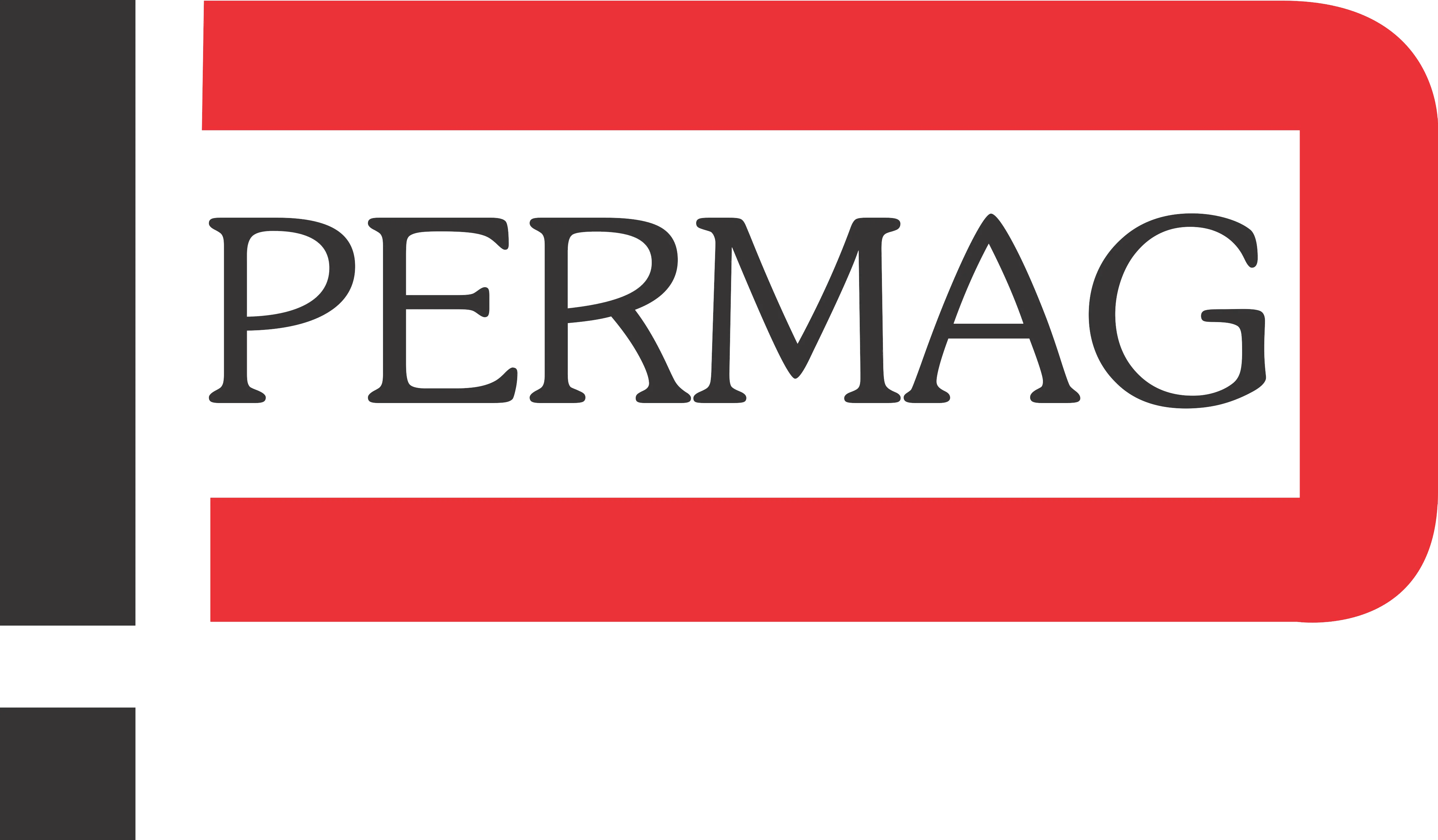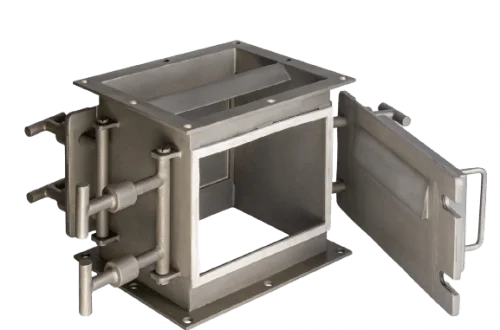Increasing operational efficiency and productivity requires installing the proper magnetic separator. The chosen magnetic separator needs to be durable and able to handle various industrial application problems.
Selecting the incorrect magnetic separator might result in poor separation performance, product damage, and difficulty removing impurities from the product.
However, the effectiveness of the separation process depends on selecting the magnetic separator carefully. Superior impurity separation, increased productivity, reduced maintenance and repair costs, and high-quality final products can all be achieved with the correct magnetic separator.
Let’s go over some important factors and specifics of different magnetic separators for various purposes so you can decide which is the best one for your needs.
Installing the wrong magnetic separator has its cons.
Your processing line will easily collect metallic contaminants and produce a high-quality end product that satisfies industry requirements if it is outfitted with the appropriate magnetic separator.
However, there are a number of drawbacks to installing the incorrect magnetic separator, which might reduce the profitability of your company.
- Costly downtime may result from the improper installation of a magnetic separator.
- Regular maintenance of machines
- Low degree of recovery and separation of ferrous metals
- increased product loss
- Poor output
- Increased metal pollution
- Equipment damage insufficient defense
How Can I Select the Right Magnetic Separator?
Many considerations must be made while choosing the best kind of magnetic separator manufacturer for your procedure or application. There are a few things to think about when choosing a magnetic separator for your application.
These include the type of metal contamination, the process feed technique, the size, the cleaning method, the operating temperature, the flow rate, the material flow characteristics, and the required magnetic strength.
To help us make better decisions, let’s talk about these in greater depth.
- Types of Metal Contamination
The type of metal contamination is the first and most crucial factor to take into consideration. What is the product from which contaminants are being extracted? What kind and extent of pollution is there? Is the pollution primary or secondary?
These are some of the inquiries you should make in order to determine which magnetic separator is most suitable for your needs.
If the larger pieces of tramp metal in your product are bolts, screws, or nuts, you might want to use low-intensity magnetic separators. On the other hand, think about putting in high-intensity magnetic separators if your product contains smaller or finer particles, such as stainless steel.
- The Process Feed Method
How the product is delivered throughout the process is the next item to consider. Is it fueled by free-fall, gravity, pneumatic, or mechanical means? Choose the magnetic separator with the best performance after determining the process feed technique.
- Rate of Process Flow
Another factor to consider is the process flow rate, where you must observe the volume of product moving through the process. Select the size and design of the magnetic separator based on the product’s volume.
- Characteristics of Material Flow
The flow properties of each distinct type of material vary. Diverse materials flow in different manners, including powders, granules, wet viscous things, and dry free-flowing products.
- Temperature of Operation
Extreme temperatures may have an impact on the effectiveness and performance of the magnetic separator. If used in extreme temperatures, some magnets may potentially lose their ability to attract.
As a result, it’s critical to specify the temperature and working conditions and choose the highest-quality magnetic separator that can withstand the highest pressure and temperature.
- Cleaning Method
Magnetic separators come with two different cleaning options: automatic and manual.
To manually clean a magnetic surface of any metal contamination, human labor is needed to remove or wipe it off. Instead of needing to come into contact with any metal, the automatic cleaning option removes all metal contaminants from the surface.
- Requirement for Magnetic Strength
It makes sense that a magnet’s efficiency improves with its strength.
Incorrect! You must first identify the sort of metal you are extracting to choose the right magnetic strength and magnetic separator material.
As was mentioned in the previous section, low-strength magnets work well for greater ferrous impurities, whereas high-strength magnets perform well for smaller ferrous impurities.
In addition, the design of magnetic separators is influenced by the nature of the product. For instance, to ensure product safety and cleanliness, a magnetic separator used in the food sector must be made of materials approved for food processing.
- Sizes of Magnetic Separators
Finally, the production line’s space determines the kind and size of the magnetic separator. With sufficient room, a huge processing line’s size won’t be a problem. Rather, they will be primarily concerned with the structure of the equipment and how well it can function under difficult conditions.
Conclusion
It is crucial to choose the appropriate magnetic separator, and manufacturers want to ensure that the one they install meets the needs of the application.
Installing the incorrect thing increases the chance of contamination, damage to equipment, and other expensive issues. Installing the proper system will improve separation performance and boost productivity in your industry.
We are certain you will be able to choose the best option for your application or process if you take the previously suggested recommendations and considerations into account.
We are available to assist you in choosing the right magnetic separator if you have any questions.


